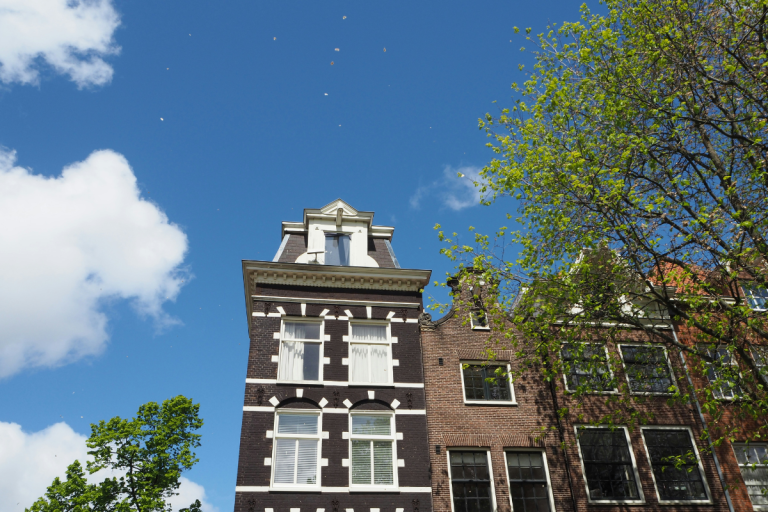
In the ever-evolving world of architecture, façade design has emerged as a key area of focus. It's no longer just about creating an aesthetically pleasing exterior. Façades today play a key role in energy efficiency, sustainability, and connecting indoor and outdoor spaces. Parul Mittal of Greenlam Industries shares some trends to watch this year.
A key trend predicted to dominate the building industry is the use of ventilated façade systems. This new-age smart façade system is a key step towards creating energy-efficient and sustainable buildings. Looking to the future, several key trends will redefine industry norms and standards. Here are the top 4 façade design trends that are likely to have a significant impact in 2024.
Minimalist facade
Minimalism is a trend that has dominated interior design for years, but is now making its mark on building exteriors as well. The style is characterized by clean lines, simple shapes, and muted colors, emphasizing the inherent beauty of architectural elements over elaborate ornamentation and intricate patterns. A prime example of this trend is Flemish wall design, which features elegant brick tile patterns. From designs that embody the rustic charm of traditional art and culture to designs that reflect sophisticated sophistication, these minimalist facades beautifully capture the essence of their respective eras.
Biophilic Design
Biophilic design is a unique approach that seamlessly integrates nature into the built environment, creating a strong visual connection between indoor and outdoor spaces. This can be achieved by using natural shapes, patterns, and materials, and by incorporating elements that reflect nature. One way to embrace this trend is by using biophilic décor that draws inspiration from natural textures and monolith structures. These designs infuse modern looks with rustic elegance. The result is a harmonious blend of nature and architecture that promotes a sense of tranquility and well-being while enhancing aesthetic appeal.
High-tech façade
As technology constantly advances, so too are its applications in façade design. High-tech façades increasingly employ innovative materials and building techniques to enhance functionality and energy efficiency. A prime example of this trend is the growing popularity of ventilated façades. These “smart façade” systems offer sustainable, energy-efficient solutions that go beyond aesthetic beauty. They improve indoor air quality and reduce energy consumption, making them an ideal choice for modern buildings. This marriage of technology and design not only enhances architectural aesthetics, but also significantly contributes to creating a healthier, more sustainable built environment.
Sustainable facades
Taking another step towards eco-friendly beauty in architecture, sustainable façades are growing in popularity. The emphasis has shifted to using eco-friendly materials, creating energy-efficient designs, and employing construction methods that minimize environmental impact. The concept of a sustainable façade represents a conscious effort to balance aesthetics with environmental responsibility. Prioritizing sustainability allows architects to build beautiful buildings that not only look good, but also have a positive impact on the environment.
Overall, the architectural world is on the brink of a transformation. Future trends in façade design will not simply evolve aesthetically; they will mark a shift toward more deliberate and thoughtful designs that consider the complex relationships between buildings, their occupants, and the surrounding environment. These trends will redefine urban landscapes, transforming them into spaces that are aesthetically beautiful, functionally advanced, and deeply in harmony with the natural world. As we move forward, these trends will continue to shape the industry and offer new possibilities for creativity and innovation in façade design.

